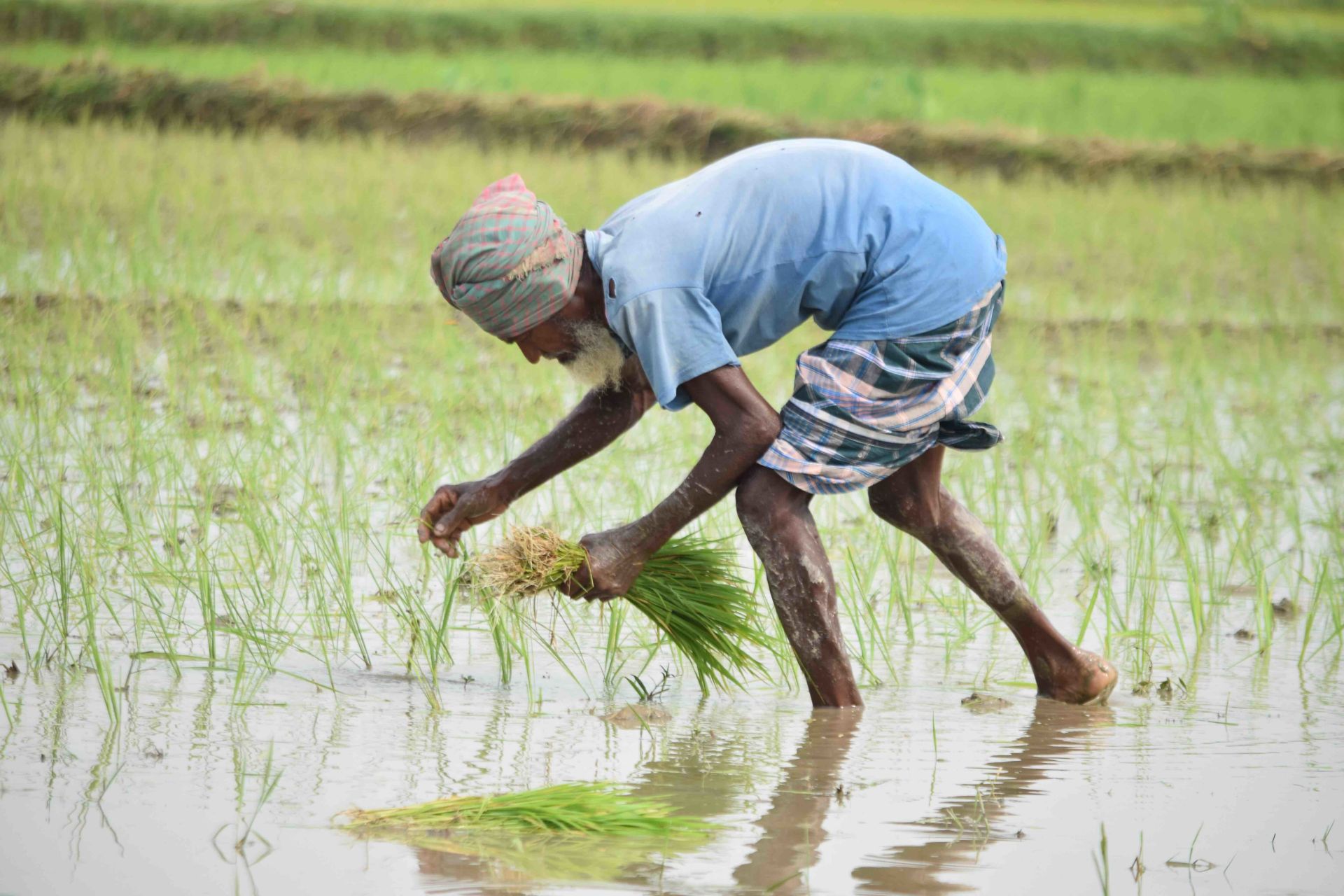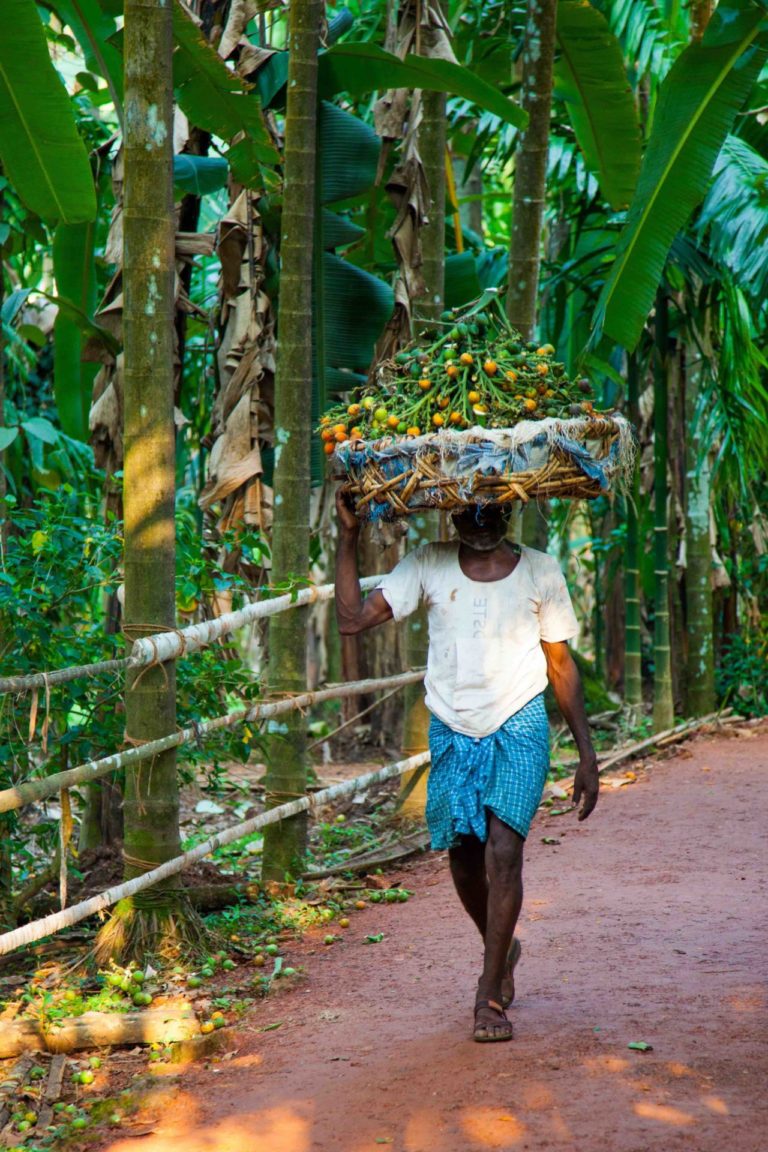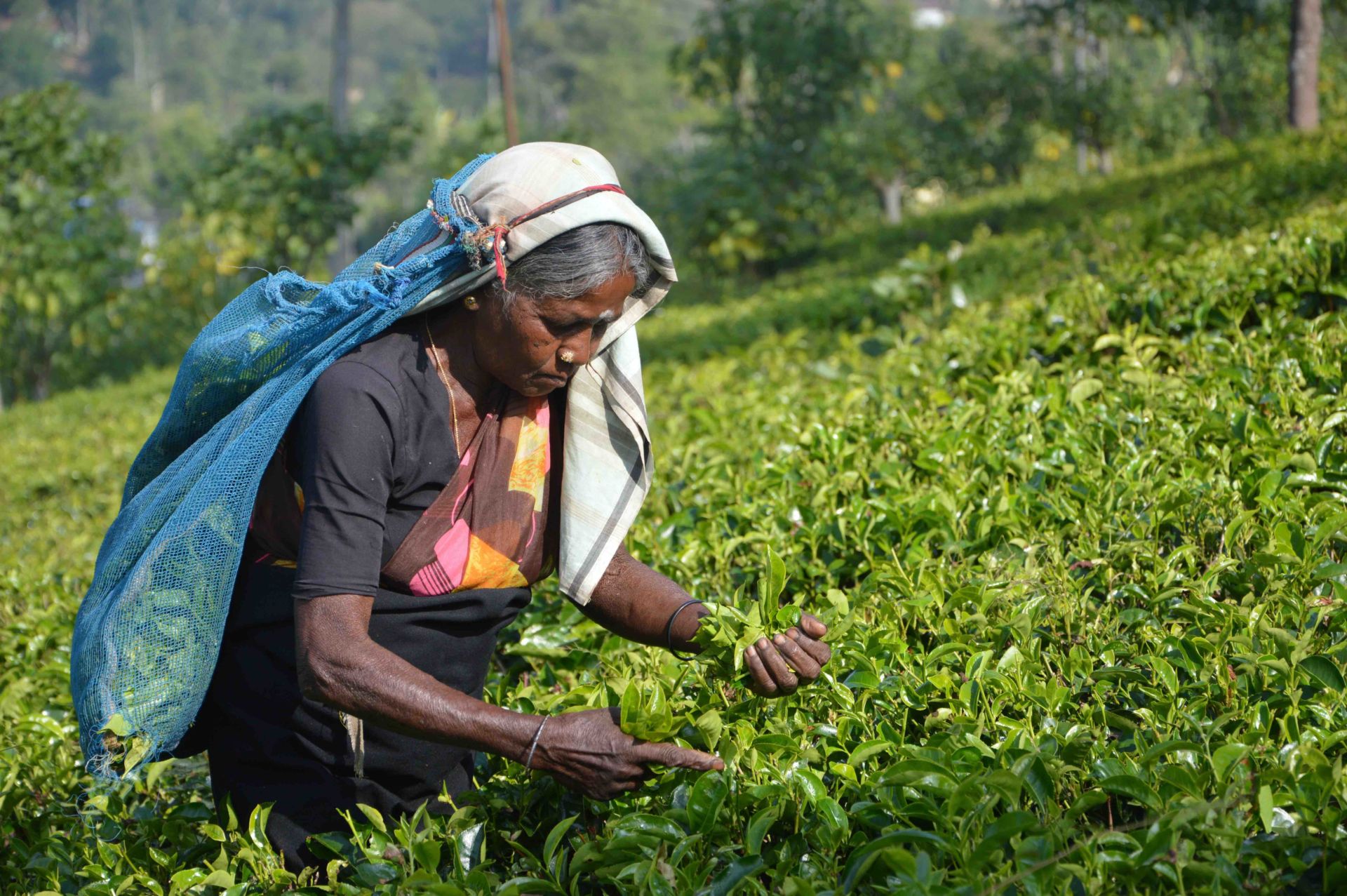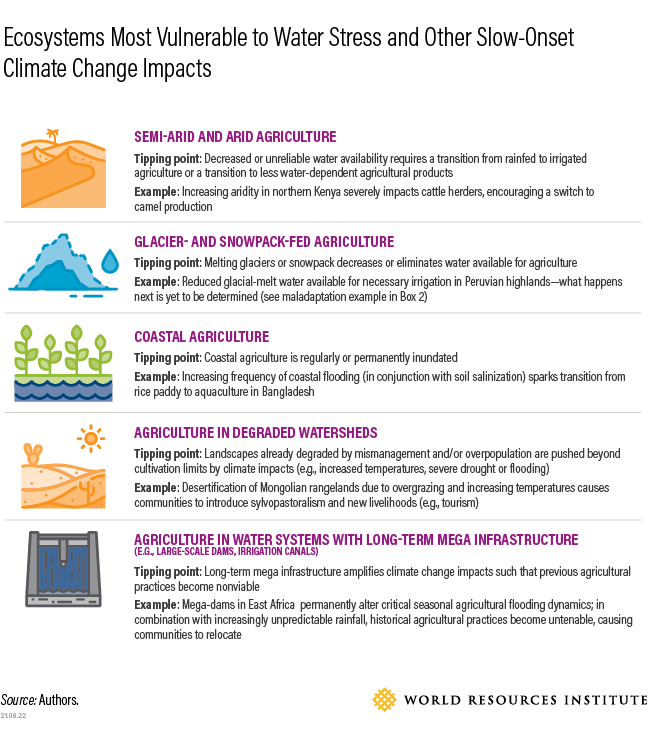Climate change is already undermining food systems in many parts of the world, contributing to a rise in global hunger and threatening the livelihoods of millions of farmers, herders and fishers.
In the arid regions of Ethiopia, droughts are becoming more severe, frequent and prolonged, degrading vegetation needed for livestock. This threatens the 60-70% of Ethiopia’s population that depend on livestock production for their livelihoods. In the Indian state of Madhya Pradesh, home to 72 million people, warming and drying are reducing water supplies. And in the Mekong Delta in Vietnam, rising sea levels are increasing the salinization of aquifers, putting at risk the rice cultivation so critical to the region.
New figures from the UN Food and Agriculture Organization report that 690 million people are already going hungry — 60 million more people than in 2014 — in part due to climate change. Farmers, herders and other rural people make up a large proportion of the 100 million people that climate change puts at risk of falling below the poverty line.
It’s clear that agriculture as we know it simply can’t thrive in a warming world — especially in hotspots like coasts, semi-arid and arid areas, and in farming regions fed by glaciers and snowpack. Incremental adaptation alone won’t be enough in these places. Agricultural systems will need to fundamentally transform to survive.
A new WRI report, Food Systems at Risk: Transformative Adaptation for Long-Term Food Security, underscores the need for transformative adaptation in agriculture and lays out what’s needed to make it happen.

What Does Transformative Adaptation for Agriculture Look Like?
As opposed to incremental adaptation, which the IPCC says aims to maintain existing systems through measures such as introducing more drought-resistant varieties of crops or using more efficient irrigation, transformative adaptation is intended to change the fundamental attributes of agricultural systems in response to actual or expected climate and its effects, often at a scale and ambition greater than incremental activities. Our research found that there are often three types of actions associated with transformative adaptation in agriculture:
- Shifting the geographic locations where specific types of crops and livestock are produced, processed and marketed. For example, some Costa Rican coffee farmers in areas that are becoming too warm for coffee production are shifting to citrus instead. In Ethiopia, cultivation of staple crops like wheat and teff are shifting to higher, cooler elevations as temperatures rise. In their place, farmers are now growing maize more widely.
- Aligning agricultural production with changing ecosystems and available water and arable land. For example, farmers in Bagerhat District, Bangladesh are shifting from rice production to aquaculture in response to increased salinity due to seawater inundation. In Uttarakhand, India, mountain farming villages affected by increased rainfall variability are being abandoned and reverting to forest or pastureland. Meanwhile, more people are engaging in intensive agriculture such as vegetable cultivation and organic farming or shifting to nonagricultural livelihoods.
- Applying new methodologies and technologies that substantially change the types of agricultural products, or the way existing ones are produced and processed, In parts of India, vegetable farmers started using low-cost polyhouses (plastic greenhouses) to protect their produce from more severe storms. They have also discovered that the polyhouses enable them to produce a wider range of vegetables and conserve increasingly scarce water resources.

But examples of transformative adaptation in agriculture are few and far between. This is partially because the effects of climate change have not yet been severe enough in many places to force systemic change, and there’s also a lack of technical know-how, funding, resources and policy support.
Related Articles: Conceptual Framework and Methods for Assessing Food Systems | U.S. Food System Needs Significant Changes to End Hunger
The number of pioneer farmers and communities with the ability to make these kinds of transformative changes without external assistance is quite limited. They tend to be those with greater access to resources (e.g., land, credit, information, technical capacity) with which to manage increasing climate risks. Implementing transformative adaptation is difficult if not impossible for most farmers and communities to do on their own. This is especially true for those most vulnerable to climate change impacts: people living in poverty and other often marginalized groups including women, youth and Indigenous peoples.
Who Can Drive Action to Create Transformative Changes in Food Systems?
On their own, food system shifts tend to occur on medium- to long-term timelines. It takes time to alter fundamental components of existing systems, as well as markets and institutional arrangements. Supporting and expanding transformative adaptation in food systems will therefore require action from policymakers, funders and research organizations, who must work collaboratively to enhance global food security, minimize losses and damages, and reduce the risk of displacements, conflicts and crisis.

Policymakers
Governments that engage in adaptation planning through the National Adaptation Planning (NAP) process and other national planning efforts – as well as organizations that support them, such as the UNFCCC, FAO and others — can support more widespread inclusion of transformative adaptation into plans and policies by:
- Integrating long-term adaptation research and analysis of when, where and how food systems will shift into policies, budgets and funding proposals.
- Making evidence-based, consultative decisions regarding which types of crops and livestock will be good investments for farmers and herders, where production systems may need to be relocated, and how transitions to new types of livelihoods can offer social and economic co-benefits.
- Creating market incentives and disincentives (such as taxes, fixed pricing, grants, loans, subsidies and other market mechanisms) to provide opportunities or remove barriers for farmers to invest in unfamiliar and potentially risky transitions to other types of livelihoods.
- Giving projects time to achieve transformative impact by investing in multi-phased programs that span several years or even decades.
Funders
Organizations such as the Green Climate Fund, World Bank, International Finance Corporation, regional development banks, bilateral development agencies, foundations, the private sector and philanthropists must recognize that transformative shifts will require funding mechanisms that can support more comprehensive, longer-term initiatives than many typical adaptation projects allow. They can do this by:
- Investing in comprehensive, long-term adaptation programs that span several years or even decades and recognize how climate change will affect the interconnectedness of food systems with other systems and socioeconomic factors. Allowing for longer timelines affords the opportunity to distribute costs and risks while maintaining flexible adaptation pathways.
- Supporting projects that prioritize building resilience in climate hotspots where systemic tipping points make fundamental changes urgent, such as semi-arid and arid regions and coasts.
- Increasing financing modalities, particularly in the form of grants rather than loans, which could easily exacerbate the debt crisis. Instruments and tools designed to finance shorter-term, incremental adaptation may not be as useful for financing longer-term, systemic change.
For example, the Green Climate Fund has committed $118 million over 14 years to help Bhutan increase forestry and land use climate mitigation, support ecosystem-based adaptation to improve natural resource management and livelihoods, and enhance biodiversity. The results of this project are more likely to be transformative than the more common three- to five-year-long projects.
Research Organizations
The agendas of global research systems, such as the Consultative Group on International Agricultural Research (CGIAR), National Agricultural Research Systems (NARS), and local research institutions and organizations that work closely with farmers could prioritize approaches that incorporate transformative change across food, land and water systems. These include:
- Focusing research squarely on people living in poverty and communities most vulnerable to climate change impacts — especially small-scale producers.
- Funding research to enhance climate services with information such as decadal and longer-term climate projections, agro-climatology tools that combine climate and crop parameters, climate-risk and vulnerability analyses, climate projections, and climate scenarios to help decision-makers identify hotspots and design transformative solutions.
- Building capacity to undertake a broader range of analyses, including accounting for externalities, trade-offs and co-benefits; social impacts; political economy; and foresight analysis. For example, political economy analyses could identify barriers to transformative interventions reaching and being adopted by those living in poverty and other vulnerable groups.
Enable Vulnerable Communities to Help Determine the Food Systems of Tomorrow
Perhaps the most important opportunity that transformative approaches to adaptation open up is time and space for those most affected by climate change to have greater decision-making power about which solutions are best for them. Meaningful inclusion in participatory planning processes is far more likely with advanced planning, rather than after extreme climate events have already pushed existing systems beyond their tipping points. Vulnerable communities also need better access to evidence about which adaptation options will work in their particular context, as well as longer-term, predictable funding to help them enact the solutions they choose.
— —
About the author: Rebecca Carter focuses on governance issues related to climate resilience, including the transparency, equity and inclusivity of adaptation planning and implementation processes. Her work encompasses mainstreaming adaptation across sectors and at multiple scales from national to local, climate finance, as well as transformative adaptation.
Editor’s Note: The opinions expressed here by Impakter.com columnists are their own, not those of Impakter.com. — In the Featured Photo: Picking Tea Leaves. Featured Photo Credit: Asantha Abeysooriya.











